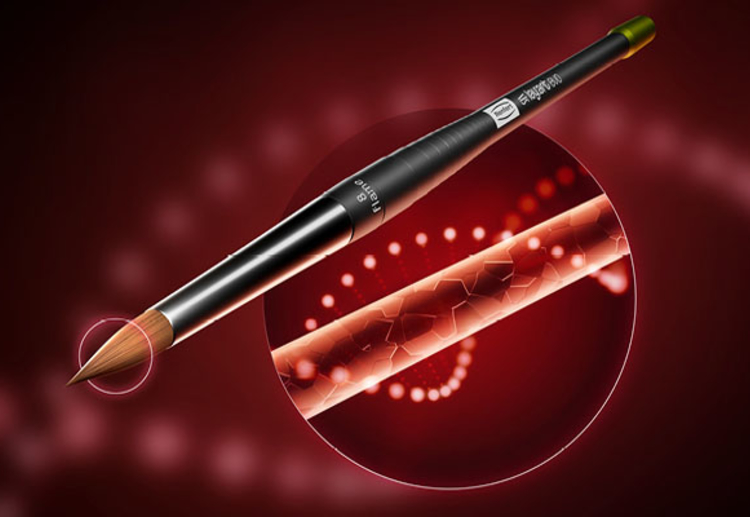25.09.2024 - 28.09.2024
Jahrestagung DGKFO
Freiburg, Germany
03.10.2024 - 05.10.2024
Dentex Bruxelles
Brussels, Belgium
03.10.2024 - 05.10.2024
Aria Digital
Lyon, France
08.10.2024 - 10.10.2024
CADEX
Almaty, Kazachstan
10.10.2024 - 12.10.2024
Dental World
Budapest, Hungary
15.10.2024 - 17.10.2024
Medident expo
Belgrade, Serbia
17.10.2024 - 19.10.2024
Colloquium dental
Brescia, Italy
18.10.2024 - 19.10.2024
Fachdental Stuttgart
Stuttgart, Germany
24.10.2024 - 27.10.2024
DenTech China 2024
Shanghai, China
06.11.2024 - 08.11.2024
Finnish Dental Congress & Exhibition
Helsinki, Finland
{- subtitle -}
{- title -}
{- text -}
{- title -}
{- text -}
16.09.2024
LIGHT 1 de Renfert: perfección en los detalles
03.06.2024
La revolución evo: Renfert sienta nuevas bases con sus pinceles en Bionic Hair
21.05.2024
El aislante universal para todos los modelos impresos en 3D
07.05.2024
Genius evo: El clásico entre los pinceles para cerámica ahora de Bionic Hair
03.05.2024
Sistema de impresora 3D por filamento SIMPLEX: soluciones integrales para procesos sencillos y seguros
02.05.2024
Renfert presenta el nuevo software SIMPLEX model designer
26.04.2024
Renfert and Forestadent: Powerful partnership for digital orthodontics
23.02.2024
Kolinsky evo: el maestro del rendimiento entre los pinceles para cerámica ahora también de fibra Bionic Hair
09.11.2023
Easyclean TEC: Top Cleaning Performance – Top Design
25.09.2023
lay:art evo: El nuevo pincel top de gama con pelo biónico
{- subtitle -}
{- title -}
{- text -}
{- title -}
{- text -}















